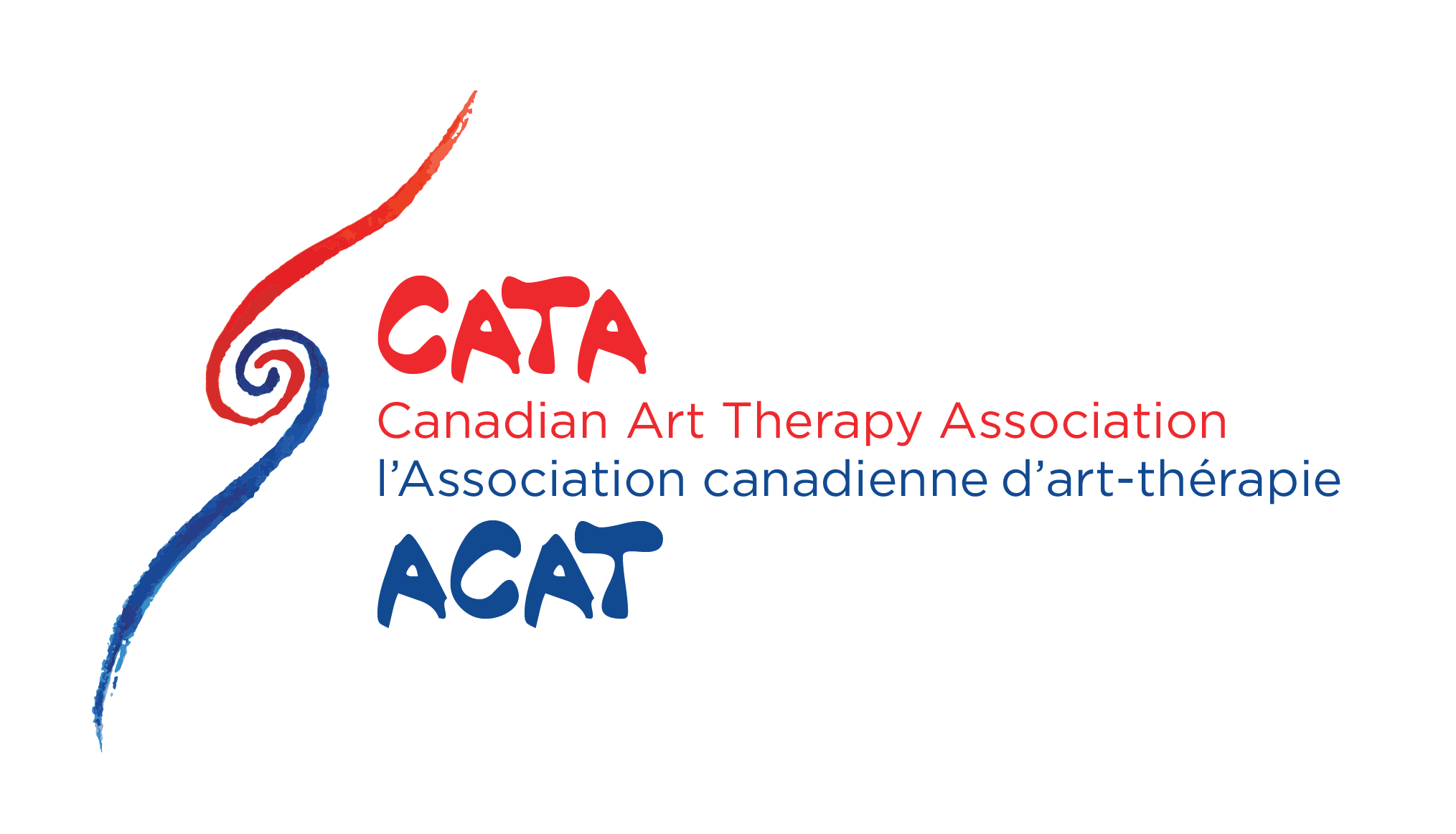Who am I? Where do I go from here?
Richa Mehta (BSc, BEd, MEd)
Abu Dhabi, United Arab Emirates
Richa Mehta is a museum and wellness professional who currently leads on the Arts for Health and Well-Being Project at the Louvre Abu Dhabi. Whilst finalizing her thesis on museum-based art therapy for July, she has developed education and well-being oriented digital resources for the public, as well as co-led on last year's World Mental Health Day activities. She is also a key member within the museum's accessibility committee.
She believes that through these opportunities, the museum space will become more accessible by implementing a strong museum-based art therapy program catering to people living with mental health illness. This stems from her own experiences with mental health and her journey of self-exploration through interaction with and personal responses to the creative arts.
“That identity is something that is not fixed” – Dr. Stuart Hall
“For identity, is a matter of becoming as well as of being” – Dr. Awad Ibrahim
“It is formed and transformed continuously in relation to the ways we are represented or addressed in the cultural systems that surround us” – Dr. Stuart Hall
“Who am I, and where do I go from here?” – Me
Through my lived personal experiences, I have still, to this day, been repeatedly bombarded with questions about my identity. Questions such as “Richa, how do you speak English so well, you cannot be Indian?”, “Richa, do you worship cows?” or “Richa, you are not truly Canadian. You are not white?” This made me not only question my cultural identity as being a Canadian Indian but also about where and how my peers are getting this knowledge of what constitutes being Canadian or Indian.
These questions bewildered me to the point that I started asking myself, who am I? How do I live with the anxiety and discomfort of my identity constantly being questioned by society? How do I challenge the notion of who I am supposed to be? These questions are the core of my continuous journey to finding myself. A journey that I share with you through written words and photographs, capturing the essence of every moment where I was able to find a part of myself.
“Like trees, I shed my leaves to only welcome new parts of me as I continue through this so-called life journey.” - Myself
Being born into an Indian family residing within the United Arab Emirates, I was surrounded by rich culture: Languages, religions, music, cuisines, and visual arts, which fell within the category of the East. However, when my family decided to migrate to Canada at the age of fourteen, it was here where I introduced to what the world labeled as the West. During this period, I struggled to understand who I was. Was I a first-generation, South Asian/Arab - Canadian? It was then that I turned to the arts to help better understand who I am. I felt the most solace in interacting and creating art when a sense of identity crisis would pop up occasionally. During my university years, I developed a desire to travel and experience different forms of culture. My inquisitive nature pushed me to travel to other parts of the world.
I was trying to determine what I identified with more, the East or the West. The more places I traveled to, the more appreciative and enlightened I became of the cultures I was introduced to. I became an advocate for world cultures. Did I notice both the similarities and differences between Eastern and Western art? How did one influence the other? Was there a merging point? This further informed my art practice by combining different elements of both. I realized that as I traveled, each destination became a part of me. I tried to capture my interactions through my camera lens. These images represented a part of me, my cultural identity is multi-faceted and ever evolving.
“Who are you?” – I
References
Hall, S. (1997). Representation, meaning and language. In S. Hall (Ed.), Representation: Cultural representations and signifying practices. London, England: Sage.
Hall, S. (2006). The future of identity In S. Hier & B. Bolaria (Eds.), Identity and belonging: Rethinking race and ethnicity in Canadian society (pp. 249-269). Toronto: Canadian Scholars' Press Inc.
Ibrahim, A. E. K. M. (1999). Becoming black: Rap and hip-hop, race, gender, identity, and the politics of ESL learning. TESOL Quarterly, 33(3), 349. https://doi.org/10.2307/3587669





